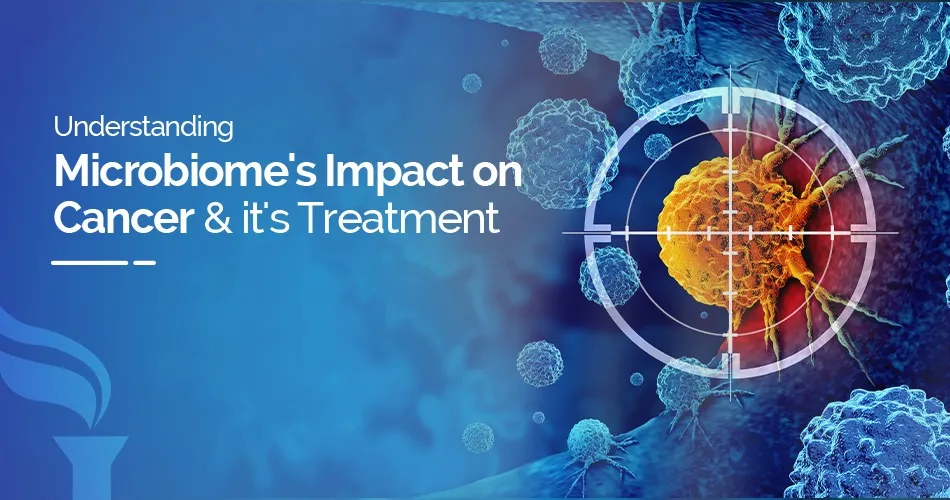5 Symptoms of Diabetes
Jun 03, 2020
Diabetes (clinical term – Diabetes mellitus) is a chronic disease characterized by abnormally elevated levels of glucose/sugar in the blood. It takes places commonly due to one of the two reasons –
- Insufficient production of insulin in the body.
- The body’s resistance to insulin.
There are mainly three types of diabetes:
Type 1 Diabetes- This results from the failure of the pancreas to produce an adequate amount of insulin. This kind of diabetes is also known as ‘juvenile diabetes.
Type 2 Diabetes- This is when the body develops an insulin resistance; when the cells do not respond to the existing amount of insulin secreted. Some of the main causes attributed to this are excess body weight and lack of exercises.
Gestational diabetes- This happens when a pregnant woman without diabetes history develops the high amount of blood sugar levels. This form of diabetes usually resolves once the woman gives birth to the baby. But then, the woman does pose a risk to Type 2 diabetes. Hence, it is necessary for a woman to for diabetic screening just to be sure that she is not at risk.
Type 2 DM is the most common form of diabetes, attributing to 90 percent of the cases. Here are the five symptoms of diabetes (present in Type 2 as well as Type 1)
- Increased hunger and thirst – As there is not enough insulin in the body, the muscles become depleted of energy. As a result, a person tends to get hungry often. Due to excess sugar build-up in the body, fluid is pulled back from the tissues. This leaves the person
- Frequent urination – While the average person pees four to seven times, the person who has diabetes may pass urinate more than usual. Normally, the body reabsorbs glucose/sugar as it moves through the kidneys. In the case of diabetes, there is an excess amount of blood sugar, making it difficult for the body to reabsorb it. So the kidneys try to get rid of it by producing more urine, which results in excess depletion of fluids.
- Blurred vision – Due to fluctuating levels of fluid in the body, there is puffiness and swelling in the eyes. A person can experience blurred vision and even the ability to focus properly.
- Itchy skin - As the body dehydrates as a result of frequent urination and thirst, the skin tends to become dry and itchy. The mouth also begins to feel dry.
- Slow healing cuts or frequent infections – Due to high glucose/sugar levels, the body’s ability to self-heal faster or resist infections is hampered.
 thirsty more often than normal.
thirsty more often than normal.
Apart from the above signs, the symptoms common to Type 2 diabetes include yeast infection, pain and numbness in feet or legs due to nerve damage. People who suffer from Type 1 diabetes may exhibit other exclusive symptoms like unnatural weight loss, nausea, and vomiting.
Pay attention to the symptoms and do not hesitate to go for diabetic screening, if you believe you have any of these symptoms
- Unusual thirst
- Frequent urination
- Feeling weak or tired, more often
- Rapid breathing
- Itchy skin that does not get treated easily
It is important to do diagnostic tests to find out the true pictures of your health. In fact, doctors insist on the fasting plasma glucose (FPG) test along with complete blood count test, during annual check-ups. You have to fast 8 to 10 hours post dinner so that you can give a blood test, the next morning. Then another sample is taken two hours after the subsequent meal, known as a postprandial test. Some diagnostic services also offer a specialized diabetes screening test known as HbA1C which shows average glucose/sugar levels for the past 120 days (average life of an RBC cell being 120 days).
Contact the nearest diagnostic service center for more information on diabetic screening.
Related Blog Post
Blog Categories
- Child Health
- Mens Health
- Women's Health
- Mental Health
- Health Myths & Facts
- Fitness
- Nutrition/Recipes
- Remedies
- Weight Management
- Stress Management
- Health Supplements
- Addiction Management
- Disease Management
- Allergy
- Anemia
- Arthritis
- Asthma
- Autoimmune Diseases
- Blood Pressure
- Cancer
- Deficiencies
- Dengue/Malaria/Chikungunya
- Diabetes
- Eye Problems
- Heart Diseases
- Hepatitis
- HIV/AIDS/STD
- Hormonal Imbalance
- Infection/Flu/Viral
- Kidney
- Liver
- Menstrual Problems
- Pregnancy
- Skin & Hair Problems
- Stomach Ailments
- Thyroid
- Others
- Health Checkups
- Diagnostics/Pathology
- Lifestyle & Wellness
- Covid
- Medical Tests
- Cholesterol
- Health Tips
- Parent Care/Old Age
- Lungs
- Food Intolerance








